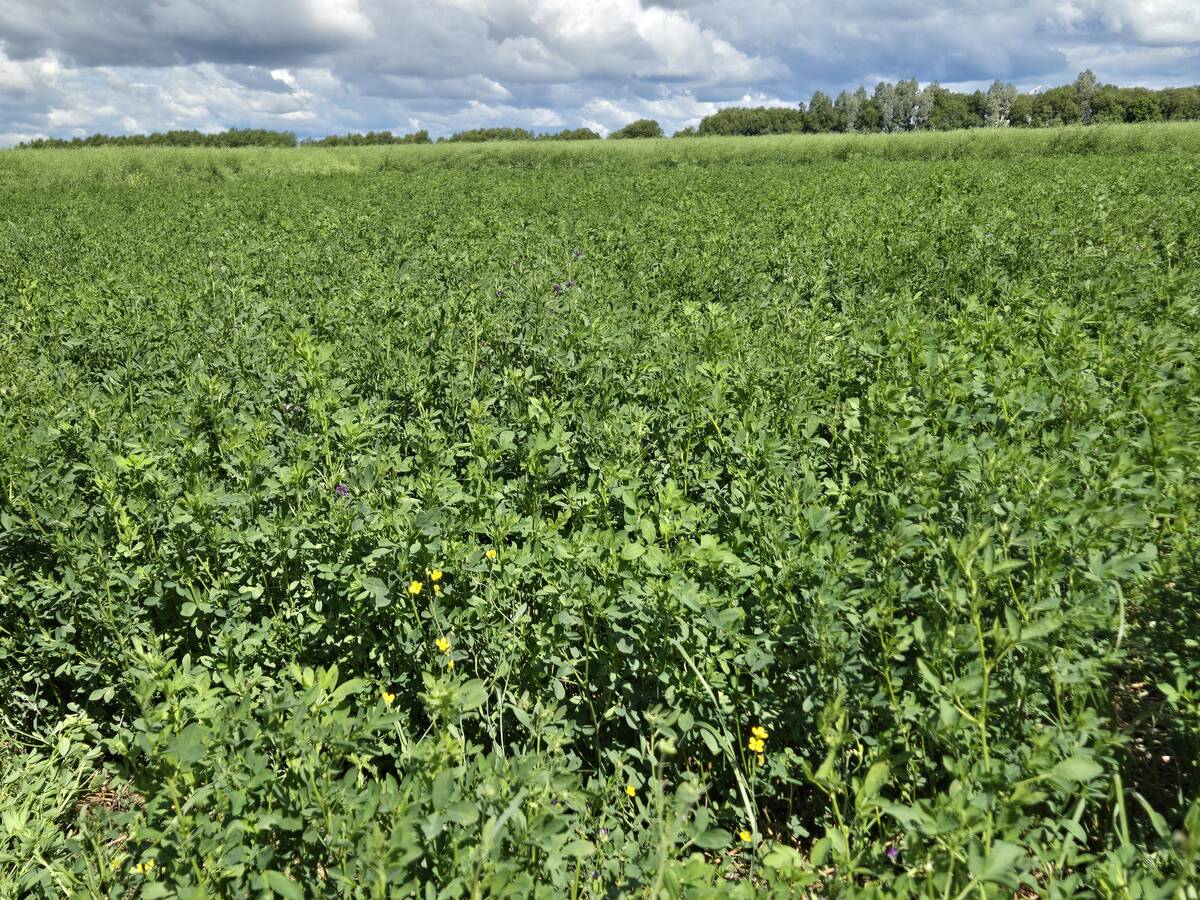Leafy spurge is a persistent perennial weed that grows well in dry
weather because its deep taproot is able to access subsoil moisture.
“Leafy spurge is a problem weed because it out-competes all other
vegetation in the prairie landscape, and it is not grazed by cattle due
to the irritating effects of the white latex sap throughout the plant,”
says Clark Brenzil, a weed control specialist with Saskatchewan
Agriculture.
Small patches of leafy spurge should be aggressively controlled with
Read Also

Manitoba Parkland research station grapples with dry year
Drought conditions in northwestern Manitoba have forced researchers at the Parkland Crop Diversification Foundation to terminate some projects and reseed others.
herbicides before they can spread, he said. In larger infestations, the
spread of the perimeter should be contained with an aggressive
herbicide treatment, and the rest of the patch gradually reclaimed with
biological control, timely herbicide treatments and grazing by sheep or
goats.
Black dot, brown dot and black leafy spurge flea beetles provide
biological control. These are released on the edge of weed patches in
late June or early July.
Local extension agrologists have information on beetle harvest
locations.
Information is also available in the Saskatchewan U-Pick Leafy Spurge
Flea Beetle Information Guide.
“It’s also a good idea to contact the weed inspector and extension
agrologist in your municipality to get help with the development of a
leafy spurge management program,” Brenzil said.
“In order to maintain ongoing records for future releases, they should
be notified of the release of biological control agents in their areas
as well.”
If interested in sheep grazing, contact the Saskatchewan Sheep
Development Board at 306-933-5200.
















